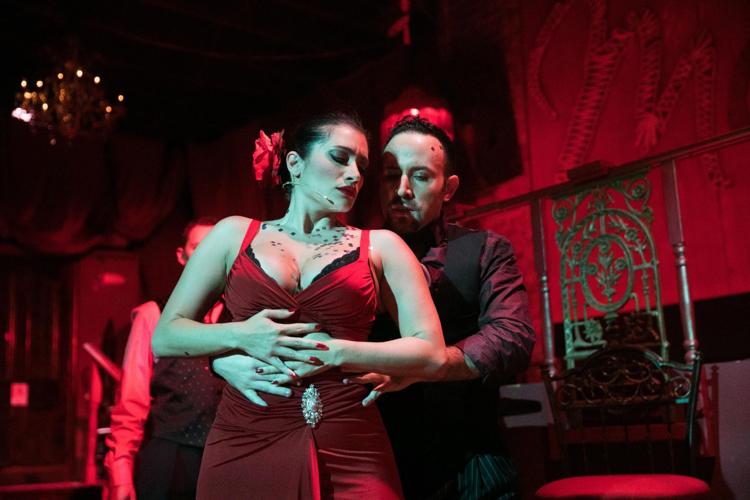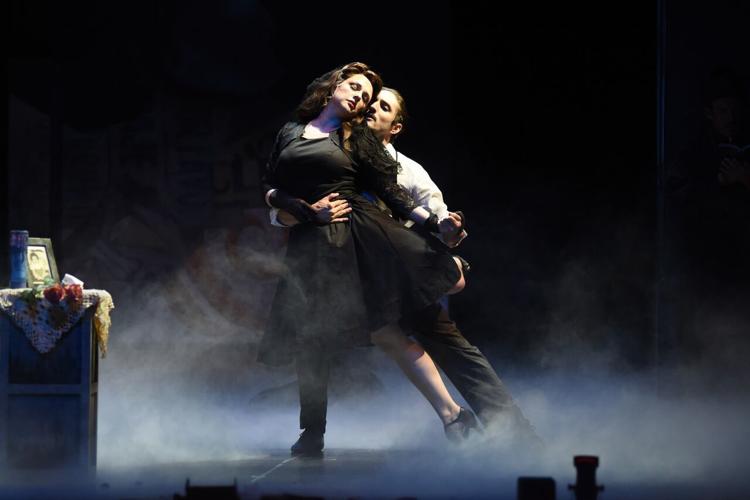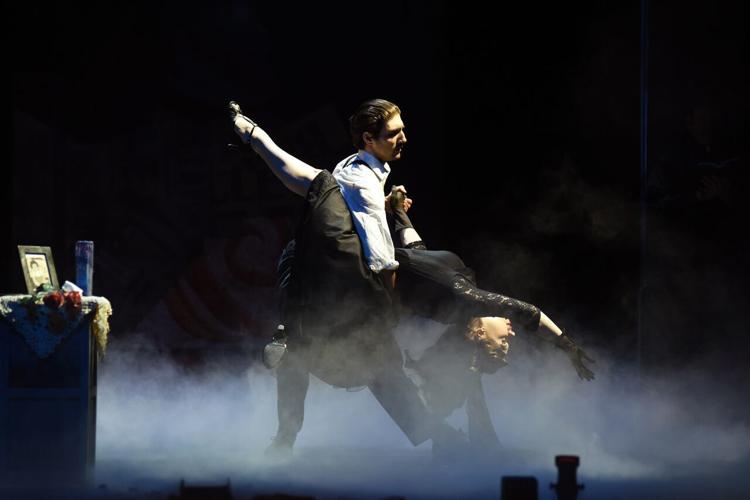Colombian soprano Catalina Cuervo calls Astor Piazzolla’s “Maria de Buenos Aires” a gem that almost got away.
For decades after its Argentine debut in 1968, the tango operita — tiny tango opera — was largely ignored. It didn’t make its American debut until 1991, and then pretty much faded into oblivion.
In early 2000s, tango, the rhythmic, pulsating Latin dance, made a big comeback and with it the music of Piazzolla, a 20th century Argentine composer and band leader. Not surprisingly, his little opera “Maria” was also rediscovered.
Cuervo, who has performed the work in more than 50 productions worldwide since 2010, is the foremost interpreter of Maria, a role she says has come to define her career.
“It’s really a signature role and a role I love deeply, and am extremely grateful because it basically made my career,” said Cuervo, who will sing it again for Arizona Opera in two performances this weekend at the Temple of Music & Art.
“Maria” kicks off the inaugural McDougall Arizona Opera Red Series of chamber operas on Saturday, Oct. 6, which also includes “Charlie Parker’s Yardbird” in November. The rest of the 2018-19 season returns to Tucson Music Hall for a trio of traditional operas starting with “La Traviata” in February.
“Maria” is an unconventional two-act opera built around 17 Piazzolla tangos. The songs tell the surreal story of a young prostitute’s struggles in life and in death.
“This is a piece that’s written about a woman who goes through a very, very difficult time in her life with abuse,” said director John de los Santos, who premiered the production with the San Diego Opera — Arizona and San Diego co-produced it — in January. “How do we make that relevant? How do we make that more than about a woman being torn apart for an hour and a half?”
De los Santos’ answer: The #MeToo movement.
He sees a direct connection of Maria’s story in that movement. Like today’s women seeking to stand up to sexual assault and harassment by powerful men, Maria attempts to triumph over all the negative forces around her, choreographed by El Duende, the narrator.
Cuervo described “Maria de Buenos Aires” as “surreal,” which can make it difficult to tell in a traditional operatic formula.
“The directors really have the freedom to do whatever they want with the story. But John de los Santos decided to tell the story in a way that makes it easy to understand,” said Cuervo, who gets to tango during the big aria “Yo Soy Maria.” “It’s linear and people will be able to follow the story very well.”
The production also features an Argentine bandoneon player, one of only a handful in the world who can play the Piazzolla.
“That alone is worth the price of coming to see this,” de los Santos said.






